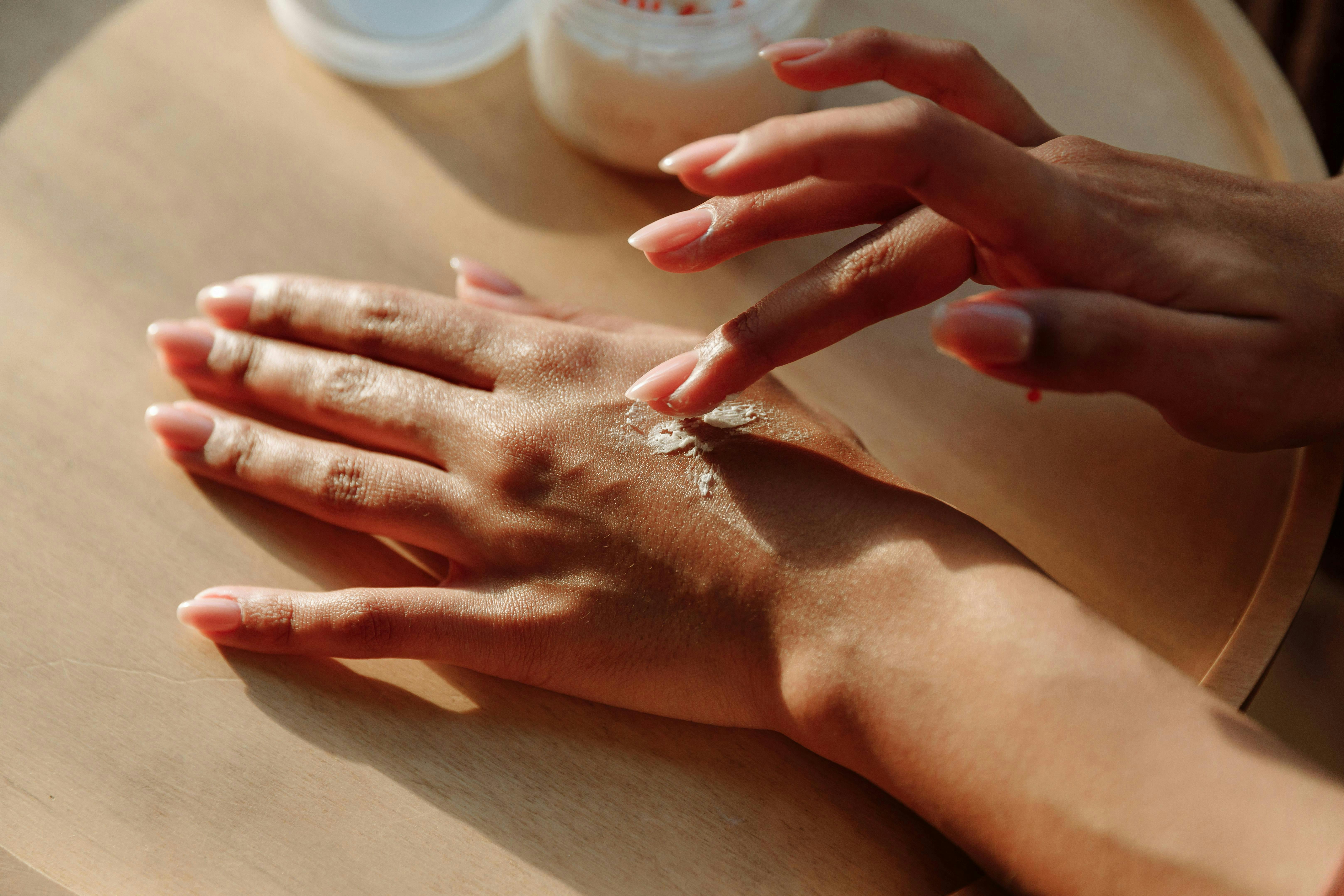News and updates from the Sopwell House team
The latest happenings
Blog

Have a Stress-Free Christmas
The festive season often arrives with equal parts excitement and pressure, but Christmas doesn't need to feel overwhelming. Find out how to keep your Christmas stress-free.

An Interview: Gen Z Events
In this interview, Gen Z Events reveals how their dynamic, passionate and innovative approach, paired with fully in-house production, helps them create seamless and unforgettable milestone celebrations.

Winter Skin
Cold weather and central heating can leave skin dry, dull and unbalanced. Gentle cleansing, mild exfoliation and daily SPF help restore hydration and keep the complexion protected and radiant through winter.

An interview: Wedding & Venue Decorating Specialists
In this interview, Claire and Liz of Wedding Venue Decorators share their passion, creative inspirations, and why Sopwell House has long been a favourite venue to bring their floral designs to life.

Sustainability at Sopwell House
At Sopwell House, we're dedicated to enhancing sustainability in every aspect of our operations. We're thrilled to share a recent update on our ongoing commitment to enhancing our ESG values.

Wedding Trends: 2025 & 2026
Weddings in 2025–2026 celebrate individuality, with couples personalizing every detail for unforgettable, one‑of‑a‑kind celebrations. Read on to discover the trends redefining modern weddings.

Meet Giammario: General Manager of Sopwell House
We’re thrilled to share the news of Giammario as our new General Manager. Read more to find out his first few weeks!

The Ultimate Chocolate Cake Recipe
In honour of Chocolate Cake Day, we’re sharing the recipe to our deliciously Chocolatey Fudge Cake.

Celebrating World Menopause Day 2024
At Cottonmill Spa, we recognise that menopause is not just a phase but a new chapter in a woman’s life.

The Ultimate Guide to HIIT and Resistance Training
The most effective training methods you can incorporate into your routine to get in shape and stay fit.


Fascinating Fitness Facts That Could Boost Your Health!
This article explores various aspects of fitness and how they contribute to a healthier lifestyle.

It’s Malbec Day!
Fab joins us to speak more about the wonderful and complex world of wine.

The Impact of Physical Activity on Mental Well-Being
Exercising is not only beneficial for our mental health, it also has a significant impact on our mental well-being.

Interview with James Peary
We sit down with James and delve into his journey and experiences as a gardener.

Spring is around the corner!
Approach your fitness goals with a sustainable and realistic mindset to achieve lasting weight loss success.

Controlling the War Within your Gut
Insights from Dr. Abhinav Vepa reveals how rebalancing the gut microbiome can transform overall health.

Pilates – how does it work and what are the benefits?
Find out the key improvements that can be experienced from doing Pilates.

Tips for Planning a Winter Wedding
Winter weddings certainly have a magical element to them. Find our top tips on planning a winter wedding.

Shake Up Your Shrove Tuesday
Introducing Chef Mhatre and his simple yet sweet pancakes. Enjoy!

A Sprouting Summer Salad
Introducing our sprouting broccoli, edamame & coconut salad, an ideal healthy option for a weekday meal.

Sopwell in Bloom
We share with you a few of our favourites from our glorious & blooming gardens along with a little flower-plant insight.


